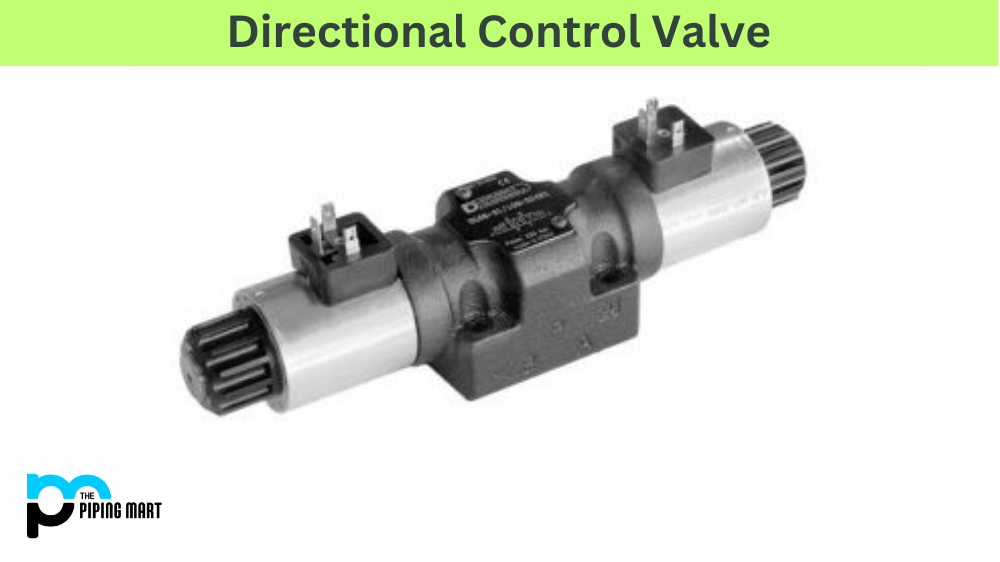Valves play an essential role in many machines, including musical instruments. In brass instruments, valves allow musicians to change the pitch and produce different notes. Two types of valves used in brass instruments are rotary and piston valves. While both valves allow musicians to play a wide range of notes, their design and function differ vastly. In this blog, we’ll explore the differences between rotary valves and piston valves so you can choose which to use.
What is Rotary Valve?
A rotary valve is a device used to control the flow of gases and liquids. It features a rotor which reduces the port opening size and thus regulates the flow rate. Depending on its application, the rotor can either be driven by an external or internal mechanism. Rotary valves are used in many industries, including chemical, pharmaceutical, food processing, vacuum pumps and more. They offer excellent sealing capabilities and efficient performance for applications requiring tight control of fluid delivery rates.
What is Piston Valve?
Piston valves are internal combustion engine components used to control air-fuel mixes’ intake and exhaust. They consist of an outer casing containing a series of circular pistons which move up and down to regulate airflow. When in the open position, fuel can flow into or out of the cylinder, allowing engine operation at optimal levels.
Difference Between Rotary Valve and Piston Valve
Design and Function
The main difference between rotary and piston valves is their design and function. As the name suggests, rotary valves are based on a rotating disk that rotates within a cylindrical valve bore. The valve is operated by a lever that rotates the disk with its attached ports. In contrast, piston valves involve sliding a valve piston into and out of the valve casing bore through springs and stops.
Sound quality
Both rotary and piston valves produce sound quality that is distinctive from one another. Some say rotary valves offer warm, rich, dark tones, while piston valves produce a bright, projecting, and snappier sound. However, the tone quality will depend on the instrument’s design, such as the bore size, bell, and mouthpiece.
Maintenance
Maintenance requirements also differ among these two valves, depending on how much they are used and the type of material used to manufacture them. Generally, rotary valves need lubrication and maintenance on the rotor bearings periodically. Piston valves need cleaning and lubrication regularly to ensure optimal performance. Applying valve oil on the pistons after every playing session is a must.
Popularity
Piston valves are commonly used in brass instruments, and some may think rotary valves are less common. That is different; while piston valves are more prominent in the United States, rotary valves are more popular worldwide, especially in Germany, Austria and the Czech Republic.
Performance
The playing experience on rotary and piston valves differs vastly due to the different mechanisms used. Some musicians feel that rotary valves require less pressure and more airflow, while others find piston valves more responsive to fast passages of notes. However, some players feel equally comfortable with playing on either valve type.
Conclusion:
Rotary and piston valves are great methods for altering the pitch of brass instruments. However, each has its particular advantages and disadvantages. Ultimately, it comes down to individual preference and what works best for you as a player. Some players remain lifetime advocates of rotary and piston valves. Experimentation, education, and personal experience guiding your valve selection process can help you become the best player you can be with either valve type.

Pipingmart is a B2B portal that specializes in metal, industrial and piping items. Additionally, we share the latest information and information about materials, products and various types of grades to assist businesses that are involved in this business.




